

Blog
CYMI: The code change proposals for the 2021 IECC are open for voting by Governmental Member Voting Representatives (GMVR) from Monday, November 18th through Friday, December 6th, and your vote is instrumental in making buildings consume less energy!
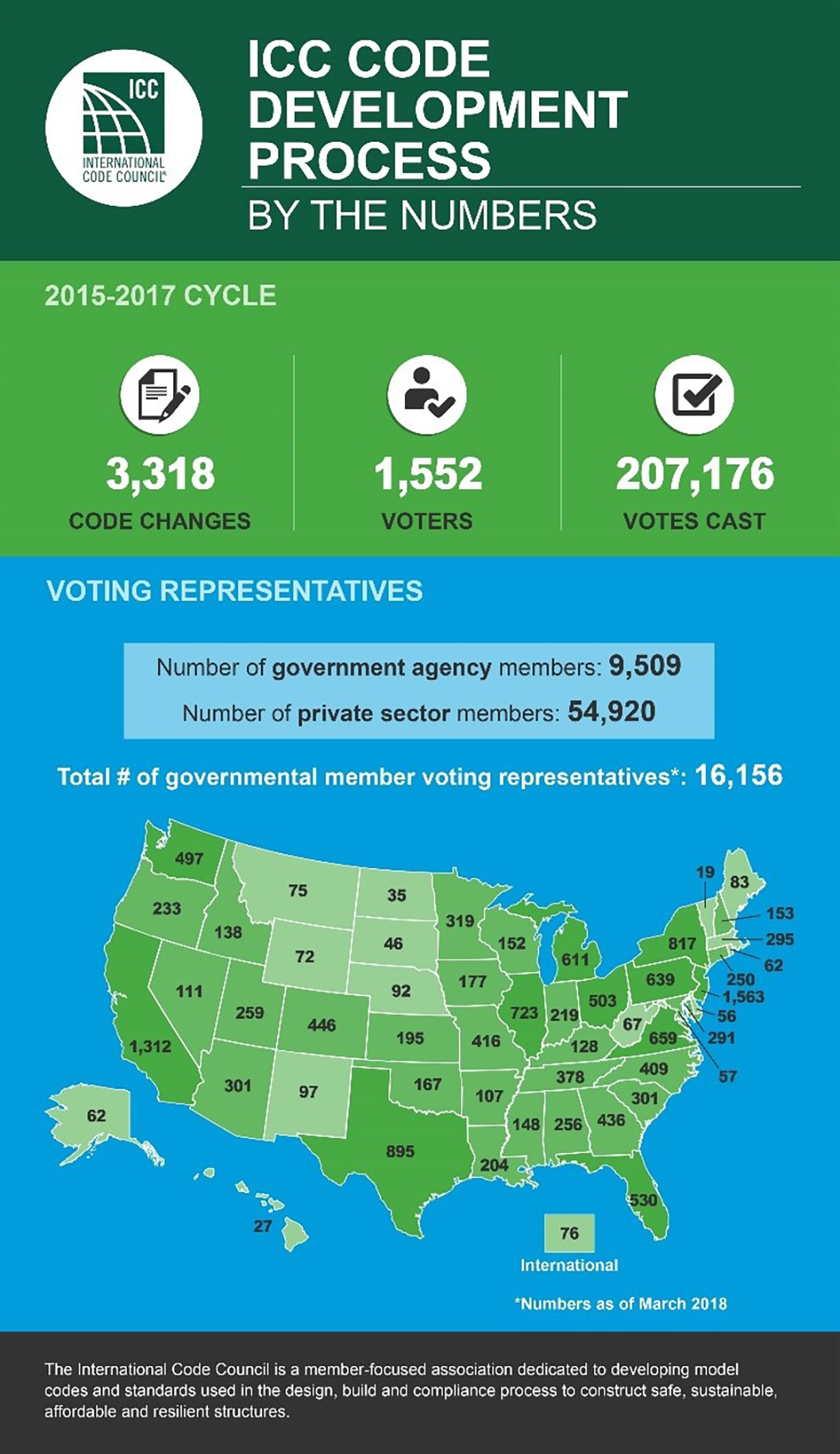
ICYMI: The code change proposals for the 2021 IECC are open for voting by Governmental Member Voting Representatives (GMVR) from Monday, November 18th through Friday, December 6th, and your vote is instrumental in making buildings consume less energy! [Need a quick refresher on the code process? Check out our blog post here!]
Overall, there are not actually that many voters on a given proposal. In the energy proposals, last cycle, it ranged from about 200-400 voters per proposal, even though there were a total of 1,247 voters on the Group B codes, which includes the IECC.
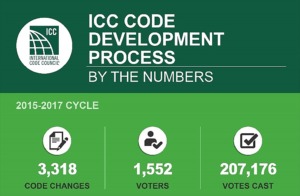
So a small handful of voters can entirely shape the future of the energy codes that dictate how energy efficient our buildings will be! If history repeats itself, while some online voters tend to align with the Committee, many online voters align their votes with those cast by their fellow ICC voters at the Public Comment Hearings. This happened 81% of the time in 2016. Unlike 2016, in this cycle all the electronic votes cast during the Public Comment Hearings will be rolled into the online vote tally (although those voters can still change their vote).
Since there are literally hundreds of code change proposals, spanning from the fire code to the energy code, not all ICC voters will vote on each proposal. Some will turn to voting guides from respected authorities to help them wade through all this information. If you are finding yourself in that situation, we recommend checking out the collaborative effort by the Energy Efficient Codes Coalition (EECC) and New Buildings Institute (NBI). On NBI’s website, you will find their voting guides and very helpful information on the voting process and concise summaries of each proposal.
While we don’t know the details of each code change proposal, we can speak from personal experience on the merits of three Commercial Energy (CE) proposals: CE44, CE96, and CE97. So, if you are looking for input, read on!
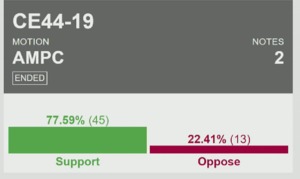
CE44 (ERI Path) – We’d vote “As Modified by Public Comment 2 (AMPC2)”. While the Commercial Energy Code Committee voted against it in Albuquerque, it was modified to address their stated concerns, and during the Public Comment (click to watch video), that modification earned the support of the voting members in the room, with a vote of 45 – 13 (only needed 2/3). The proposal simply provides taller multifamily buildings that are subject to ‘commercial’ code instead of ‘residential’ code the option to use a code compliance pathway that low-rise multifamily buildings are allowed to use, based on an Energy Rating Index (ERI). This “ERI” path, while more stringent in efficiency, can be a more streamlined option for builders and simpler for code officials, since it’s a simpler modeling pathway than the ASHRAE 90.1 path or Total Building Performance path offered in commercial code.
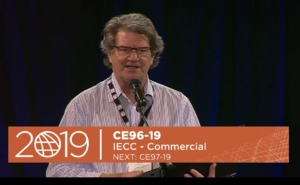
CE96 & CE97 (air leakage tests) – We’d vote “As Modified (AM)”. While the Committee overwhelmingly voted in support of these two commercial energy code proposals in Albuquerque (14-1 & 12-3), Public Comments were submitted from those who had concerns about requiring this air leakage test for commercial and multifamily buildings (click the links to watch the hearing videos for CE96 or CE97, or learn more about the tests in our blog post). The ICC voters in the room supported the Committee’s action by a vote of 37-16 on CE96 and by a vote of 40-13 on CE97. And we agree with them! Air leakage tests have been required of residential buildings since 2012. Air leakage reports that measure air leakage rather than relying on visual inspections are much simpler for code officials to verify. Additionally, PNNL’s Reid Hart (above) presented two studies they did which provide the cost-benefit analyses behind the proposals, supporting air leakage testing as a proven, cost-effective way to save energy.
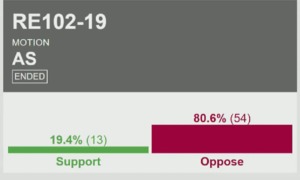
RE102 (air leakage tests) – We’d vote “Disapproval (D)”. This residential energy code proposal narrowly passed the Committee by a vote of 6-5 and we thought it would have been withdrawn or revised by the proponent. It inadvertently limits multifamily units to the use of one specific test standard (ASTM E779), for conducting the required air leakage tests which is a good standard, but not the one used by most folks performing the test in the field. Limiting them to this test standard will likely lead to increased costs to perform the test and it’s even harder for code officials to confirm that this standard has been followed correctly. You can watch the testimony here but spoiler alert above (the ICC voters at PCH overwhelmingly “opposed” the Committee’s “As Submitted (AS)” vote from Albuquerque, which results in a “Disapproval” as the PCH outcome).
It’s no surprise that we tend to support the model energy code becoming more energy efficient, especially considering that the 2021 IECC won’t have widespread adoption until 2030 or later. And while we understand that change is scary and costs can feel prohibitive, we’ve had the opportunity to work with above-code builders and developers who are already constructing buildings that far exceed the performance of what will be in the 2021 IECC. The lessons they have learned the hard way are preparing the market such that the 2021 IECC can be very easily implemented in your state when the time comes.
Contributor: Gayathri Vijayakumar, Director of Residential Energy Services
Steven Winter Associates